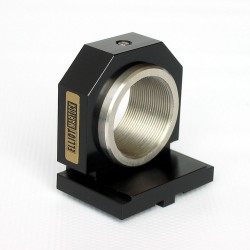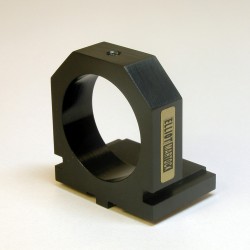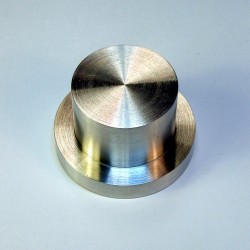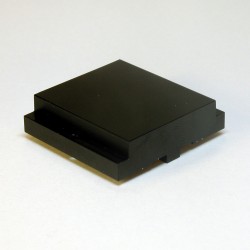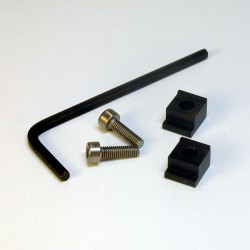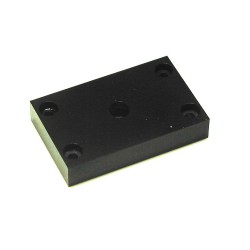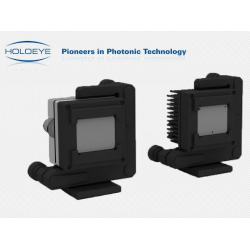Diffractive Optical Elements - HOLOEYE Optical Microstructures
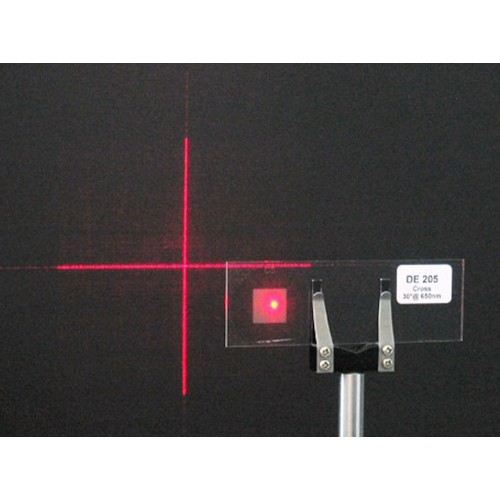
- Stock: Contact us for details
- Click here to: Contact us
- Model: HOLOEYE DOE
Diffractive optics
HOLOEYE Optical Microstructures
HOLOEYE Photonics AG is a provider of products and services based on micro-structured optical components and computer-controlled optical wave manipulation. The company's main focus is on the development of adaptive micro-optics and diffractive components for scientific and industrial applications. Products include spatial light modulators and diffractive optical elements.
Diffractive Optics Technology
Diffractive optics modulate light by diffraction. These micro-structured optical elements are fabricated by either etching in fused silica or embossing in different polymer materials. Diffractive optics have unique properties that enable them to realise optical functions that are otherwise difficult or impossible with conventional optics, and can even perform the conventional optical functions of lenses, prisms or aspheres. Their advantages include reduced weight and size, but the main feature of diffractive optics is that they can act like optical wavefront processors by forming beamsplitters, Fourier holograms, beam shapers, diffusers and various grating structures. HOLOEYE's diffractive optical elements are used in various application fields from basic research to industrial high volume applications.
- Beamsplitters - Diffract a laser beam into separate beams with specific directions and intensities
- Fourier Holograms - Special patterns, like images, can be formed by diffraction in the optical far field
- Beam Shapers - Map a phase function onto the laser beam in order to modify its propagation
- Diffusers - Generate homogeneous illumination via precision scattering
HOLOEYE also manufacture spatial light modulator systems based on liquid crystal micro-displays. These devices can modulate light spatially in amplitude and phase, so they act as a dynamic optical element. The optical function or information to be displayed can be taken from the optic design directly and can be transferred by a computer interface. Full details in our Modulators section.


